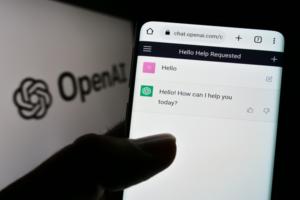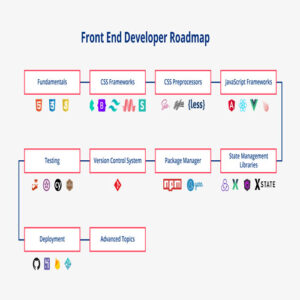In today’s digital landscape, websites are not just online platforms for information dissemination or e-commerce; they are also prime targets for cyberattacks. Cybersecurity threats for websites have become increasingly sophisticated, posing significant risks to businesses, organizations, and individuals. Understanding these threats is crucial for maintaining web assets’ integrity, confidentiality, and availability. This article delves into some common cybersecurity threats for websites, exploring their nature, impact, and preventive measures.
Introduction to Cybersecurity Threats for Websites
Websites are vulnerable to a wide array of cyber threats, ranging from automated attacks by malicious bots to targeted infiltration by skilled hackers. These threats can exploit vulnerabilities in web applications, servers, or underlying infrastructure, leading to data breaches, service disruptions, or reputational damage. Website owners, developers, and administrators need to stay vigilant and proactive in mitigating these risks.

Common Cybersecurity Threats for Websites
- SQL Injection (SQLi): SQL injection attacks occur when malicious actors inject malicious SQL code into input fields or URLs, exploiting vulnerabilities in poorly coded web applications. This allows attackers to bypass authentication, access sensitive data, or manipulate database content.
- Cross-Site Scripting (XSS): XSS attacks involve injecting malicious scripts into web pages viewed by other users. These scripts can steal session cookies, redirect users to phishing sites, or deface the website. XSS vulnerabilities typically arise from inadequate input validation and sanitization.
- Cross-Site Request Forgery (CSRF): CSRF attacks trick authenticated users into executing unauthorized actions on a website without their knowledge. Attackers forge malicious requests, leveraging the victim’s active session to perform actions such as transferring funds or changing account settings.
- Brute Force Attacks: Brute force attacks involve systematically trying various combinations of usernames and passwords to gain unauthorized access to a website. Automated tools can rapidly iterate through login credentials, exploiting weak or default passwords.
- Distributed Denial of Service (DDoS): DDoS attacks flood a website with an overwhelming volume of traffic, rendering it inaccessible to legitimate users. Attackers may employ botnets or amplification techniques to orchestrate massive traffic surges, disrupting services and causing financial losses.
- Phishing: Phishing attacks attempt to deceive users into divulging sensitive information such as login credentials or financial data. Attackers create fraudulent websites or emails that mimic legitimate entities, tricking users into disclosing confidential information.
- Malware Infections: Malware can infect websites through vulnerabilities in content management systems (CMS), plugins, or server software. Once compromised, websites may distribute malware to visitors, steal data, or participate in botnet activities without the owner’s knowledge.

Preventive Measures and Best Practices
Protecting against cybersecurity threats for websites requires a multi-layered approach encompassing robust security protocols, proactive monitoring, and regular updates. Here are some preventive measures and best practices:
- Implement Strong Authentication: Enforce secure authentication mechanisms such as multi-factor authentication (MFA) and CAPTCHA to thwart unauthorized access attempts.
- Secure Code Development: Follow secure coding practices to mitigate vulnerabilities such as SQL injection, XSS, and CSRF. Conduct regular code reviews and security assessments to identify and remediate potential weaknesses.
- Patch Management: Keep web servers, CMS platforms, plugins, and dependencies up to date with the latest security patches. Vulnerabilities in outdated software are often exploited by attackers.
- Web Application Firewalls (WAF): Deploy WAF solutions to filter and monitor incoming web traffic, blocking malicious requests and preventing common attack vectors.
- Regular Backups: Maintain regular backups of website data and configurations to facilitate recovery in the event of a cyberattack or data loss incident.
- Security Awareness Training: Educate website administrators, developers, and users about cybersecurity best practices, including recognizing phishing attempts and avoiding suspicious links or downloads.
- Continuous Monitoring: Implement robust monitoring and logging mechanisms to detect anomalous behavior, security incidents, or unauthorized access attempts in real time.
Conclusion
Cybersecurity threats pose significant risks to the integrity, confidentiality, and availability of websites. By understanding common attack vectors and adopting proactive security measures, website owners and administrators can fortify their defenses against cyber threats. Vigilance, regular updates, and user education are key components of a comprehensive cybersecurity strategy aimed at safeguarding web assets in an increasingly hostile online environment. Stay informed, stay vigilant, and stay secure.










